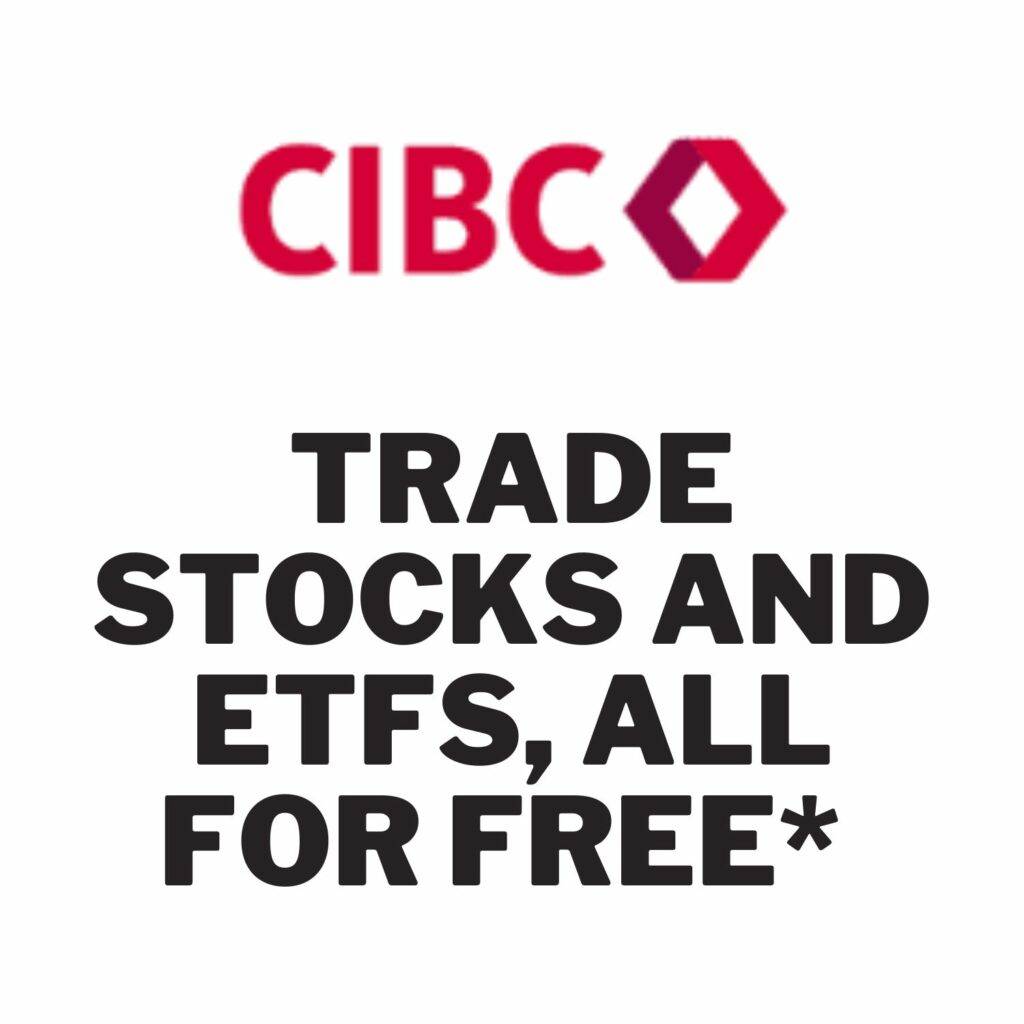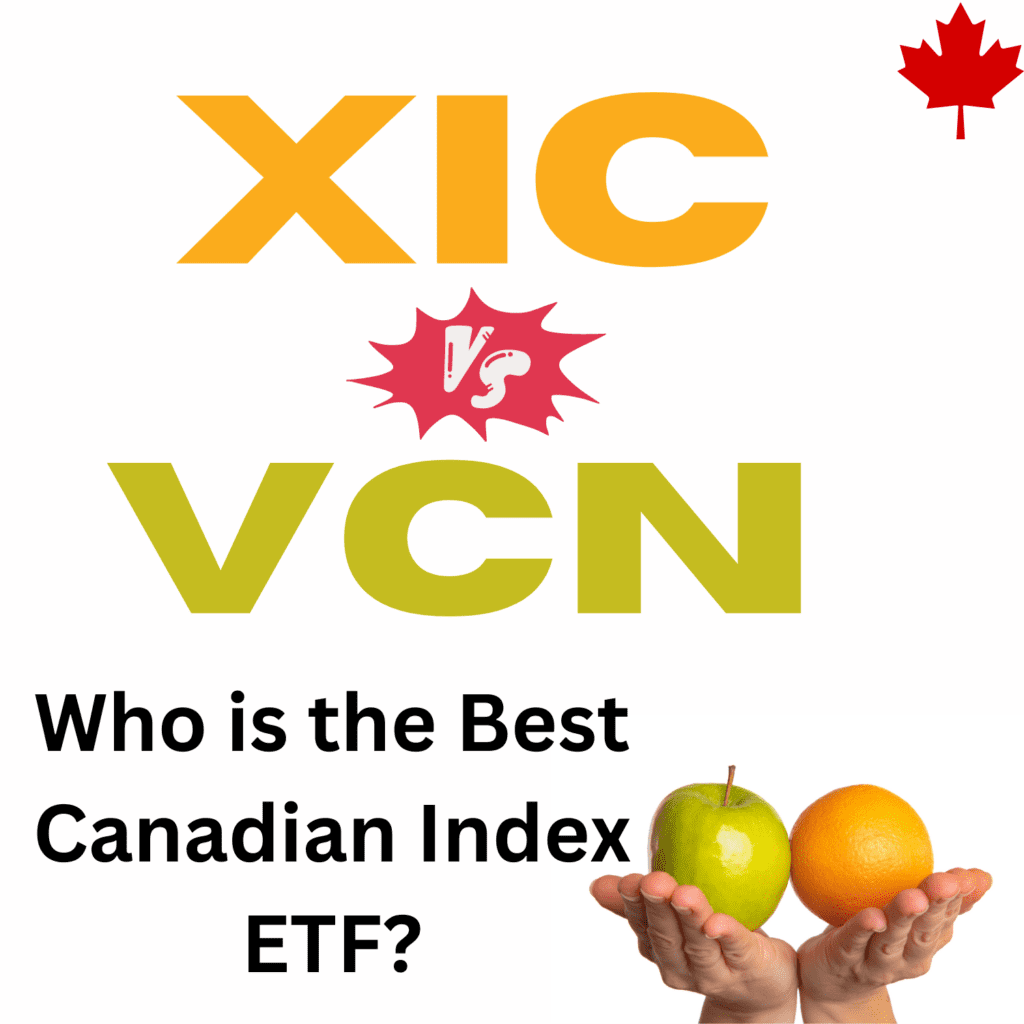In the realm of Exchange-Traded Funds (ETFs), informed decision-making is paramount. In this analysis, we delve into a detailed examination of two prominent players within the Canadian ETF landscape: iShares S&P/TSX 60 Index ETF (TSX:XIC) and Vanguard FTSE Canada All Cap Index ETF (TSX:VCN). These ETFs, each holding significance, beckon investors with the appeal of diversification and potential returns.

Through a thorough evaluation of their strategies, portfolio compositions, and historical performances, we aim to uncover the nuanced differences that characterize these ETFs. Whether you’re an experienced investor refining your portfolio or a newcomer venturing into the world of ETFs, this analysis will provide you comprehensive insights.
What’s an Index ETF
There are several types of Exchange traded funds. Index ETFs are the king of the hill. In fact, the first ever ETF introduced to a North American Exchange was an index ETF. Index ETFs offer exposure to a large number of securities. Their main goal is to acquire, on your behalf, all the securities that constitute a specific index in order to achieve the same return of the tracked index minus the fees.
15 Best Monthly Dividend Stocks in Canada for passive income
Full list of ‘Dividend Kings’ stocks by sector
Does an index ETF pay dividend?
Indeed, they certainly do. Given that Index ETFs hold all the shares of companies within the index. Any dividends paid by these companies are subsequently distributed.
iShares Core S&P/TSX Capped Composite Index ETF (XIC) – Investment objective
Are you looking to own a slice of the entire Canadian stock market? XIC might be the answer. This fund aims for long-term capital growth by mirroring the performance of the S&P®/TSX® Capped Composite Index after deducting expenses.
XIC brings another compelling reason to the table: low cost. It allows you to participate in the broader market without breaking the bank in terms of fees.
Furthermore, XIC isn’t just another fleeting investment option. It’s designed to serve as a durable, long-term core holding in your portfolio. So, if you’re seeking comprehensive market exposure, minimal costs, and a foundation for the years ahead, XIC could be the ideal contender.
[stock_market_widget type=”table-quotes” template=”basic” assets=”XIC.TO” fields=”name,price,change_pct,fund_inception_date” links=”{‘XIC.TO’:{}}” display_header=”true” display_chart=”false” display_currency_symbol=”true” pagination=”true” search=”false” rows_per_page=”5″ sort_field=”logo_name_symbol” sort_direction=”asc” alignment=”left” api=”yf”]
[stock_market_widget type=”chart” template=”basic” color=”#5679FF” assets=”XIC.TO” range=”1mo” interval=”1d” axes=”true” cursor=”true” range_selector=”true” display_currency_symbol=”true” api=”yf”]
Top holdings
| Name | Weight % |
|---|---|
| ROYAL BANK OF CANADA | 5,95 |
| TORONTO DOMINION | 5,39 |
| CANADIAN PACIFIC KANSAS CITY LTD | 3,48 |
| ENBRIDGE INC | 3,36 |
| CANADIAN NATURAL RESOURCES LTD | 3,22 |
| CANADIAN NATIONAL RAILWAY | 3,21 |
| SHOPIFY SUBORDINATE VOTING INC CLA | 3,09 |
| BANK OF MONTREAL | 2,84 |
| BANK OF NOVA SCOTIA | 2,62 |
| BROOKFIELD CORP CLASS A | 2,23 |
Vanguard FTSE Canada All Cap Index ETF (VCN) – Investment objective
The Vanguard FTSE Canada All Cap Index ETF is on a mission to capture the essence of the Canadian equity landscape. Its goal? To mirror, as closely as possible and before accounting for fees and expenses, the performance of a comprehensive Canadian equity index. This index doesn’t discriminate – it encompasses large, mid, and small-cap publicly traded securities, painting a holistic picture of the Canadian market’s investment returns.
Diving into the specifics, this Vanguard ETF is currently dedicated to tracking the FTSE Canada All Cap Domestic Index, or its future iterations. How does it achieve this? By primarily investing in Canadian stocks spanning a broad spectrum of market capitalizations, ranging from the giants to the emerging contenders.
So, if you’re in search of an ETF that encapsulates the entirety of the Canadian equity landscape and boasts a diversified portfolio of companies, the Vanguard FTSE Canada All Cap Index ETF might be just the investment avenue you’ve been seeking.
[stock_market_widget type=”table-quotes” template=”basic” assets=”VCN.TO” fields=”name,price,change_pct,fund_inception_date” links=”{‘VCN.TO’:{}}” display_header=”true” display_chart=”false” display_currency_symbol=”true” pagination=”true” search=”false” rows_per_page=”5″ sort_field=”logo_name_symbol” sort_direction=”asc” alignment=”left” api=”yf”]
[stock_market_widget type=”chart” template=”basic” color=”#5679FF” assets=”VCN.TO” range=”1mo” interval=”1d” axes=”true” cursor=”true” range_selector=”true” display_currency_symbol=”true” api=”yf”]
Top holdings
| Holding Name | % Weight |
|---|---|
| Royal Bank of Canada | 6.43% |
| Toronto-Dominion Bank | 5.61% |
| Shopify Inc. | 3.6% |
| Canadian Pacific Kansas City Ltd. | 3.57% |
| Enbridge Inc. | 3.48% |
| Canadian National Railway Co. | 3.37% |
| Canadian Natural Resources Ltd. | 3.09% |
| Bank of Montreal | 3.09% |
| Bank of Nova Scotia | 2.81% |
Note: total number of stocks 176
Market capitalization
| Captalization | VCN | XIC |
|---|---|---|
| Large | 79.3% | |
| Medium | 18.5% | |
| Small | 2.2% | |
| Total | 100.% |
Summary XIC vs VCN
| Aspect | XIC | VCN |
|---|---|---|
| Objective | Seeks to replicate S&P®/TSX® Capped Composite Inde | Seeks to replicate FTSE Canada All Cap Domestic Index |
| Assets (AUM) | 10.67B | 5.0B |
| Portfolio | Large, mid, and small-cap Canadian stocks | Large, mid, and small-cap Canadian stocks |
| MER | 0.06% | 0.05% |
| Duration | Designed as a long-term core holding | Designed as a long-term core holding |
| Diversification | Wide diversification across market capitalizations | Wide diversification across market capitalizations |
| Holdings | 227 | 176 |
XIC vs VCN performance comparison

[stock_market_widget type=”table-quotes” template=”color-header-border” color=”#5679FF” assets=”VCN.TO,XIC.TO” fields=”symbol,ytd_return,three_year_average_return,five_year_average_return” links=”{‘VCN.TO’:{},’XIC.TO’:{}}” display_header=”true” display_chart=”false” display_currency_symbol=”true” pagination=”true” search=”false” rows_per_page=”5″ sort_field=”logo_name_symbol” sort_direction=”asc” alignment=”left” api=”yf” ]
Best Canadian Energy ETF – Top 5
Exploring the 2023 BMO All-In-One ETF Series – Top 3
Which one should you choose?
Both funds share a similar investment objective, leading to minimal disparities in sector allocation, holdings, and historical performance between XIC and VCN. Given the substantial commonalities, the decision largely hinges on factors such as liquidity and fees. In this context, prioritizing liquidity and lower fees would likely position XIC as the preferred option. However, for those with a strong affinity for Vanguard, VCN remains an excellent selection. It’s important to recognize that either choice effectively fulfills the desired market exposure and can seamlessly integrate within your investment portfolio.

